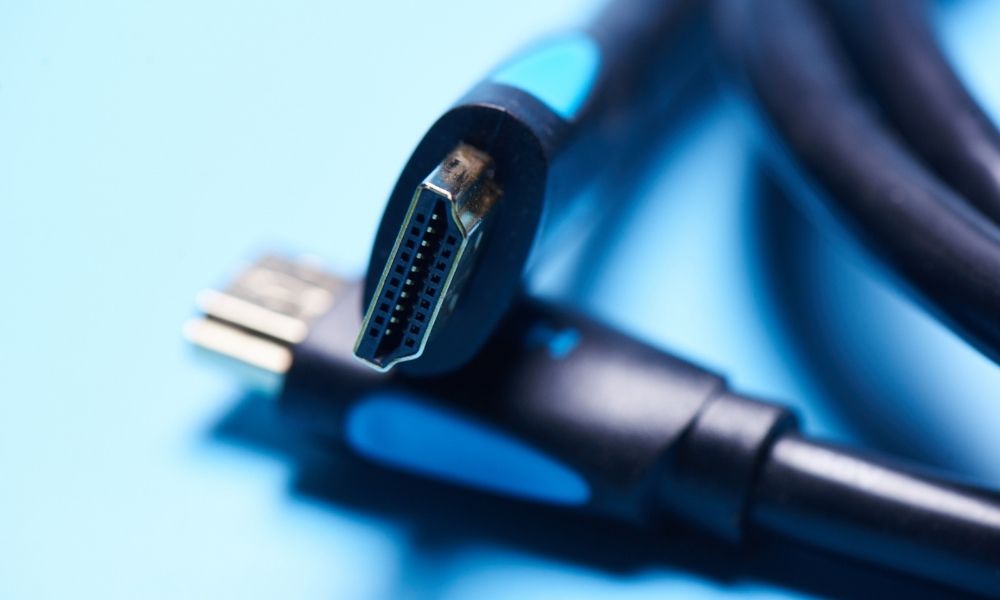
High-definition multimedia interface (HDMI) cables are staples for audio and video signal transmission. This technology has changed over the years, making it challenging for some people to stay updated with the latest features. Luckily, this guide will enlighten you. Read on to learn the most common facts about HDMI cables and apply this knowledge to your connection needs.
Compatibility
Before buying an HDMI cable, consider its compatibility with your devices and the HDMI standards. Currently, the most common standard is HDMI 2.1, which supports 8K resolution and a high frame rate of up to 120Hz. This standard is also backward compatible; however, devices that don’t support it have limited sound and video quality.
Cable Length
The length of the HDMI cable significantly affects its performance. HDMI cables come in different lengths, ranging from a few feet to over 50! The longer the cable, the more data can travel, which may lead to signal degradation. For example, a 50-foot HDMI cable may not transmit 4k resolution signals as effectively as a 25-foot cord. Choose the appropriate length for your setup, and consider using HDMI extenders to extend your network without sacrificing quality.
Cable Quality
HDMI cables have different features that make them durable and long-lasting. Checking the bandwidth is typically the quickest way to determine the quality of an HDMI cable.
A good HDMI cable features high bandwidth and shielding that significantly affects its performance. Many HDMI cables have high-speed, premium high-speed, or ultra-high-speed specifications to detail their performance in networks.
Audio and Video Quality
HDMI cables are renowned for transmitting high-quality audio and video signals simultaneously. One of the most common facts about HDMI cables is their support of a wide range of video resolutions, from standard definition to 4K and 8K. Additionally, this tech enables uncompressed audio formats, such as Dolby TrueHD and DTS-HD Master Audio.
You’ll enjoy crisp, clear images and immersive sound from your home theatre system or gaming console with a high-quality HDMI cable. For example, an HDMI 2.1 cable lets you take full advantage of a gaming console’s capabilities, delivering smooth gameplay at high resolution and with fast frame rates!
Connectors
HDMI cables have a connector on each end to plug into your devices. The Type A and Type C are the most common connectors. The Type A HDMI connector is the standard or full-size connector, while the Type C, also called the mini HDMI, is common for small devices, such as cameras and smartphones.
You can connect devices with other ports using adaptors for HDMI cables, and you won’t notice a significant difference in display unless you have a large screen that blows up minor details.
HDMI cables are crucial for quality audio and video connections. When buying an HDMI cable, consider compatibility and length. With this knowledge, you can choose the best HDMI cable for your setup and enjoy high-quality audio and video performance!



